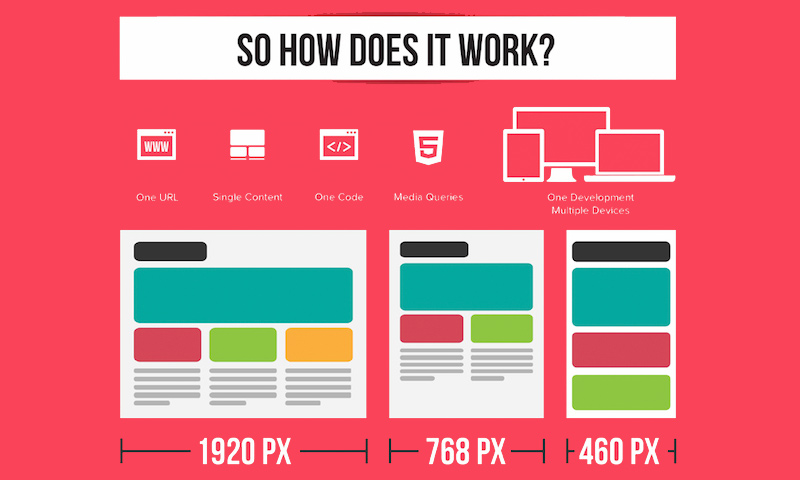Eager To Uncover Exactly How Site Style Has Transformed Over Time? Study The Advancement From Simpleness To User-Focused Experiences
Eager To Uncover Exactly How Site Style Has Transformed Over Time? Study The Advancement From Simpleness To User-Focused Experiences
Blog Article
Content By-Kinney Clarke
In the past, web sites were easy and focused on details. Navigation was straight, and layout was for desktop computers. Now, user experience is vital. Information overviews layouts for easy navigation. Responsive layouts suit various tools. Today, dark setting lowers pressure, and minimalist food selections enhance navigation. Interactive functions engage individuals, and bold visuals attract attention. https://www.accountancytoday.co.uk/2022/06/29/top-tips-for-growing-your-practice-from-gorilla-accounting/ increases engagement. See exactly how style has evolved to enhance your online journey.
Very Early Days of Website Design
In the very early days of website design, simplicity preponderated. Sites were fundamental, with restricted shades, font styles, and designs. The emphasis got on providing details rather than showy visuals. Customers accessed the net with slow-moving dial-up links, so speed and performance were essential.
Navigating food selections were straightforward, normally located on top or side of the page. Web sites were made for computer, as mobile surfing had not been yet widespread. Web content was king, and developers prioritized simple readability over complicated style aspects.
HTML was the primary coding language made use of, and designers had to function within its constraints. Computer animations and interactive functions were marginal contrasted to today's standards. Internet sites were fixed, with little vibrant material or individualized individual experiences.
Increase of User-Focused Layout
With the evolution of website style, a shift in the direction of user-focused design concepts has actually ended up being increasingly noticeable. Today, creating sites that prioritize user experience is essential for engaging site visitors and attaining business objectives. User-focused style includes comprehending the requirements, preferences, and actions of your target market to customize the website's layout, content, and features accordingly.
Developers currently perform complete research, such as individual surveys and usability screening, to collect insights and responses straight from individuals. This data-driven technique assists in developing intuitive navigation, clear calls-to-action, and aesthetically attractive interfaces that reverberate with visitors. By positioning the individual at the facility of the design procedure, websites can supply a more individualized and enjoyable experience.
Responsive design has also become a vital facet of user-focused design, making sure that sites are maximized for numerous devices and screen sizes. This flexibility improves ease of access and functionality, catering to the varied methods customers engage with websites today. Fundamentally, the increase of user-focused design signifies a shift towards producing digital experiences that focus on the demands and expectations of the end customer.
Modern Trends in Website Design
Explore the current fads forming web design today. One prominent pattern is dark mode layout, supplying a streamlined and modern appearance while reducing eye pressure in low-light settings. One more essential pattern is minimalist navigating, simplifying menus and boosting individual experience by concentrating on essential elements. Integrating micro-interactions, such as computer animated buttons or scrolling impacts, can develop a much more interesting and interactive web site. Receptive design continues to be essential, guaranteeing smooth individual experiences throughout different gadgets. In addition, using vibrant typography and unbalanced designs can add visual rate of interest and accentuate particular content.
Integrating AI innovation, like chatbots for customer assistance or customized recommendations, enhances user involvement and improves procedures. Access has also come to be a substantial trend, with designers prioritizing inclusive style methods to cater to diverse customer demands. Embracing sustainability by maximizing site performance for speed and performance is another arising pattern in web design. Teaming up with user feedback and data analytics to iterate and enhance layout continually is necessary for staying pertinent in the ever-evolving digital landscape. By welcoming these modern-day trends, you can develop a visually appealing, straightforward website that reverberates with your audience.
Final thought
As you assess the development of internet site style from the early days to now, you can see how user-focused layout has become the driving force behind modern-day patterns.
Accept the trip of modification and adjustment in web design, always maintaining the individual experience at the forefront.
Keep existing with the most up to date patterns and technologies, and never ever stop progressing your method to develop aesthetically sensational and straightforward web sites.
pop over to this web-site , adjust, and create - the future of website design is in your hands.
